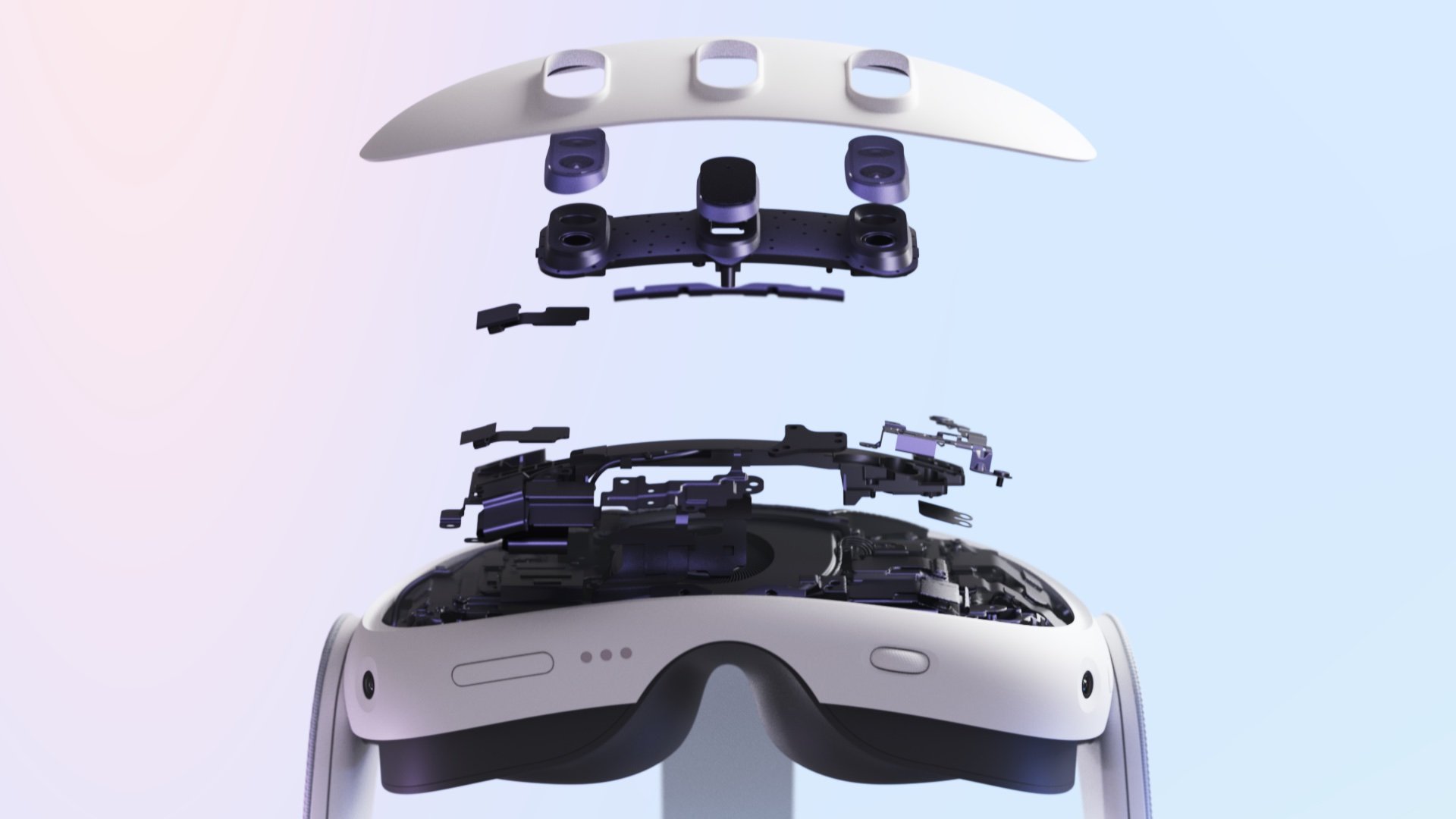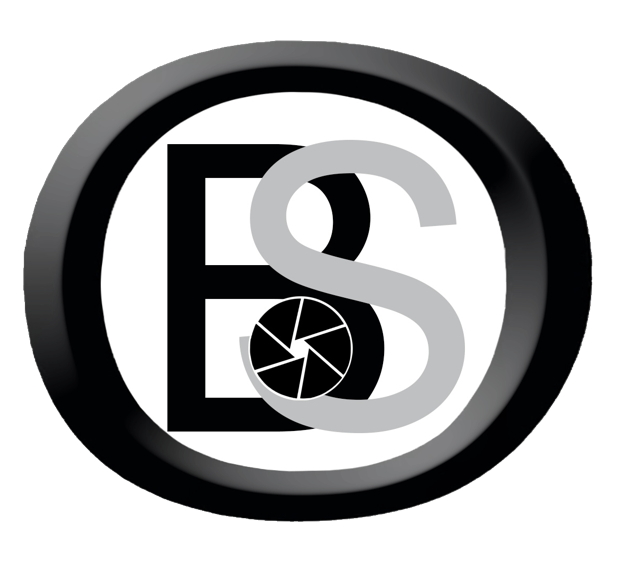VR Optical Lenses and Optical Solutions: Technical Analysis and Application Prospects
2025-11-24
VR Optical Lenses and Optical Solutions: Technical Analysis and Application Prospects
The VR optical system, as a core component of virtual reality devices, directly impacts user immersion and comfort. Current VR lens technologies have evolved from early aspherical lenses to Fresnel lenses and Pancake short-focus optical solutions. Future trends will focus on the synergistic innovation of sensor fusion, computational photography, and dedicated processing chips, aiming to balance key performance metrics such as wide field of view (FOV), high resolution, and distortion control. This article provides an in-depth analysis of the technical principles, application scenarios, and future directions of VR lenses to serve as a professional reference for industry practitioners.

I. Core Technologies and Optical Solutions for VR Lenses
The primary technical challenge of VR lenses lies in achieving high resolution, wide FOV, and low distortion within a limited optical path. Currently, mainstream VR optical solutions include Fresnel lenses, Pancake short-focus optics, and freeform optics.
Fresnel lenses are the dominant choice in consumer-grade VR headsets. They compress the surface of a conventional convex lens into concentric rings, preserving curvature while significantly reducing thickness. Products like Meta Quest 2/3 and HTC Vive use this approach. The advantages of Fresnel lenses include low cost, mature manufacturing processes, and the ability to achieve a ~100° FOV. However, they suffer from ring diffraction causing stray light, ghosting, reduced contrast, poor edge image quality, and a limited eye box.
Pancake short-focus optics represent a rapidly advancing technical path. By using polarizers and semi-reflective/semi-transmissive films, light is reflected multiple times within the lens, folding the optical path and drastically reducing module thickness. High-end devices such as Meta Quest Pro, Apple Vision Pro, and PICO 4 adopt this solution. Pancake optics can reduce thickness to one-third to one-half that of traditional designs and provide a larger eye relief (up to 20 mm or more), support diopter adjustment, and reduce stray light. However, they exhibit lower optical efficiency (overall transmission ~30–50%), strong dependency on polarized displays, high manufacturing precision requirements, and higher costs.
Freeform optics break the constraints of traditional symmetric optical design by employing non-rotationally symmetric, highly customized surfaces. Freeform optics can simultaneously optimize FOV, eye box, and aberrations, making them suitable for compact designs. However, they involve complex design processes requiring advanced optical simulation software and pose significant manufacturing challenges, limiting their current use primarily to high-end or enterprise-grade equipment.
Canon’s RF5.2mm F2.8 L DUAL FISHEYE dual fisheye lens represents an innovation in VR content capture. Each fisheye lens covers approximately 190° FOV, and with a 60 mm inter-pupillary baseline, it simulates human binocular disparity to directly generate 180° 3D VR content. Compared to traditional dual-camera rigs, Canon’s dual fisheye lens simplifies the shooting workflow by eliminating post-production stitching, significantly lowering production barriers. Its optical structure employs a retrofocus design (negative front group, positive rear group) combined with aspherical elements to correct aberrations, achieving MTF performance close to the diffraction limit. Paired with professional cameras like the EOS R5 C, it supports 8K resolution capture, delivering an effective circular pixel diameter of 3,684 pixels per eye.
II. Application Scenarios of VR Lenses Across Industries
VR lens technology has been widely adopted in film & TV production, real estate visualization, tourism promotion, medical training, and other fields—each imposing distinct performance requirements.
In film & TV production, Canon’s EOS VR System has become a vital tool for professional 3D VR content creation. The RF5.2mm dual fisheye lens supports a 180° FOV and an F2.8 aperture, enabling high-quality VR capture even in low-light conditions. For example, astrophotographer Dai Jianfeng used this lens to track the Chinese space station, leveraging its ultra-wide angle and excellent high-ISO performance. Wedding photographer Sheng Xiyang achieved solo-operation efficiency with the EOS VR System, rapidly generating 3D VR content thanks to real-time preview and conversion capabilities in post-production software. Professional VR production demands lenses with high resolution (≥4K), low distortion (<5% barrel distortion), wide FOV (≥180°), fast autofocus, and adaptability to dynamic scenes.
In real estate visualization, VR lenses must enable high-fidelity 3D modeling and detailed texture reproduction. Lenses should support a wide FOV (≥120°) and high resolution (≥8K) to accurately capture room layouts, furniture placement, and material textures. While 3D reconstruction relies on software (e.g., Unity3D), the lens itself must facilitate rapid data acquisition. High color fidelity and low distortion are essential to ensure virtual environments match reality, enhancing client trust. Lightweight design is also critical for ease of movement during indoor shoots.
For tourism promotion, portability and environmental adaptability are paramount. Tourism-focused VR capture requires lenses with wide FOV (≥180°), high dynamic range (HDR), and robustness against interference (e.g., crowds or weather changes). Consumer VR headsets like Meta Quest Pro, featuring Pancake optics for their slim profile, are preferred for tourism VR filming. These applications demand consistent performance under varying lighting and support for rapid scene transitions and real-time rendering of multi-user interactions.
Medical training imposes the most stringent requirements: high resolution (≥10K), ultra-low distortion (<2%), and precise FOV control. VR has already shown significant impact in medical education—for instance, Professor Li Chunhai’s team at Sun Yat-sen Memorial Hospital developed a “VR-Based Medical Teaching System” that constructs immersive 3D anatomical models for intuitive learning. Medical VR applications require 1:1 magnification and exact color reproduction to ensure diagnostic accuracy and educational effectiveness.
III. Key Performance Metrics for VR Lens Evaluation
VR lens performance is evaluated based on FOV, resolution, distortion control, optical efficiency, and eye box.
FOV is a critical metric for immersion. Professional VR capture lenses (e.g., Canon’s dual fisheye) typically require ≥180° FOV, whereas consumer VR headsets usually offer 90–120° (e.g., Meta Quest Pro). The human eye has an average horizontal FOV of ~122°, with ~42° upward and ~52° downward vertical coverage. Thus, ideal VR lenses should approximate this natural range. While larger FOV enhances immersion, it exacerbates edge image degradation and optical design complexity.
Resolution must be considered in synergy with the display panel. Professional VR capture lenses (e.g., Canon’s dual fisheye) support 8K/4K resolution, while consumer headsets increasingly adopt 4K+ Micro-OLED panels. Resolution directly affects clarity and detail, but involves trade-offs with FOV: for a fixed FOV, higher spatial resolution yields better angular resolution. Angular resolution should align with near-eye display (NED) specifications (e.g., in DPX/°) to ensure visual consistency.
Distortion control remains a major design challenge. VR lenses commonly exhibit barrel distortion due to inconsistent magnification between center and edge regions. This is mitigated through optical design (e.g., aspherical elements) and software correction (e.g., ERP conversion in EOS VR Utility). The Modulation Transfer Function (MTF) is a key optical performance indicator—values closer to 1 indicate superior contrast and resolution. Flatter MTF curves imply smaller center-to-edge performance gaps; closer alignment between sagittal and meridional lines indicates better off-axis rendering.
Optical efficiency and brightness uniformity directly affect power consumption and user experience. Pancake optics suffer from low efficiency (10%) due to repeated polarization and partial reflection losses (50% per bounce), necessitating brighter displays and co-optimized optical-display systems. In contrast, freeform and dual fisheye designs can achieve 30–50% efficiency through optimized light paths.
Eye box—the region where users see a full image while moving their eyes—is crucial for comfort. High-end devices (e.g., Apple Vision Pro) offer larger eye boxes (8–15 mm diameter, 15–25 mm eye relief) with diopter adjustment, enabling glasses-free use for myopic users. Consumer devices, constrained by cost and technology, typically offer smaller eye boxes.
IV. Emerging Trends and Innovation Directions
VR lens technology is evolving toward greater intelligence, efficiency, and affordability, driven by three key innovations: sensor fusion, computational photography, and dedicated processing chips.
Sensor fusion enhances environmental perception. LiDAR-camera front-end fusion (e.g., Huawei Limera) enables in-cabin obstacle detection and precise spatial mapping. In VR, LiDAR delivers sub-centimeter positioning accuracy, while cameras capture color and texture—jointly improving 3D reconstruction quality. For example, DJI’s LiDAR focus ranger integrates with cameras, allowing adjustable mounting distance (0–300 mm) and flange focal distance to match lens focal length.
Computational photography is gaining traction in VR, particularly through multi-frame synthesis and AI denoising. Neural Radiance Fields (NeRF) generate dynamic scenes from multi-view images, reducing reliance on multi-lens setups. In 2025, dynamic reconstruction methods (e.g., D-NeRF, NSFF) use temporal variables and scene flow to handle moving objects—but require high-precision camera poses, demanding greater lens stability. Techniques like Nerfies optimize dynamic deformation fields, enabling neural networks to learn from adjacent frames and reduce multi-view dependency.
Dedicated processing chips accelerate optical data handling. VeriSilicon’s NPU IP has been integrated into custom chips for leading global VR/AR clients, providing specialized compute for 3D reconstruction. In 2025, companies like Skyworth Digital are developing Chiplet-based platforms for smart mobility, co-optimizing VR optical modules with NPUs. Such chips enhance processing speed, reduce latency, and improve user experience.
|
Trend |
Key Features |
Applications |
Challenges & Solutions |
|
Sensor Fusion |
LiDAR + camera synergy for precise environment mapping |
Autonomous driving, industrial design, medical training |
Data synchronization, algorithm optimization, cost control |
|
Computational Photography |
Multi-frame synthesis, AI denoising, NeRF—reducing multi-lens dependency |
Film production, tourism, dynamic scene reconstruction |
High compute demand, real-time rendering, camera pose accuracy |
|
Dedicated Chips |
NPU-accelerated optical processing, low latency |
Premium VR headsets, real-time 3D reconstruction, cloud rendering |
Chip design complexity, thermal management, cost |
V. Lens Selection Guidelines and Future Outlook
Lens selection should align with specific application needs:
· Consumer All-in-One (Cost-Effective): Fresnel lenses offer low cost and mature supply chains (e.g., Meta Quest 2/3).
· Premium Consumer / Light Office (e.g., Vision Pro): Pancake optics + Micro-OLED enable slim form factors, high PPI, and comfortable eye boxes.
· Enterprise Training / Simulation: Freeform or wide-FOV Pancake optics prioritize image quality and immersion (e.g., medical training).
· Film Production: Canon EOS VR System streamlines 3D VR workflows; the RF5.2mm dual fisheye lens excels with 180° FOV and F2.8 aperture.
· Next-Gen VR (5-Year Horizon): Varifocal Pancake + eye tracking will address vergence-accommodation conflict (VAC). Metasurfaces and holographic optical elements (HOEs) may enable ultra-thin, wide-FOV, aberration-free systems.
Future VR lens development will focus on three directions:
1. Hybrid optical designs (e.g., “Pancake + freeform,” “multi-layer Pancake”) to expand FOV and improve edge quality;
2. Eye-tracking-driven dynamic optics combining foveated rendering with localized optical optimization;
3. AI-assisted optical design using neural lens models for automatic distortion correction, reducing reliance on traditional calibration.
As technology advances, VR lenses will overcome current bottlenecks—balancing wide FOV with high resolution, handling dynamic scenes, and controlling costs. Within 2–3 years, consumer devices will gain basic 3D reconstruction capabilities, while professional systems will deliver higher precision, wider FOV, and superior image quality.
VI. Conclusion and Recommendations
VR lens technology is rapidly evolving, with each optical solution offering distinct trade-offs. Selection must consider application context, performance needs, and cost.
· For film production, Canon’s EOS VR System sets a new standard. Creators should prioritize lens-sensor co-design and post-processing software optimization.
· For real estate and tourism, Pancake-based systems offer portability—but users should select devices with high-brightness displays and optimized optical efficiency.
· For medical training, invest in professional-grade freeform or high-resolution lenses to ensure clinical accuracy and pedagogical effectiveness.
· For future competitiveness, enterprises should monitor trends in sensor fusion, computational photography, and dedicated chips—and strategically invest in R&D and supply chain readiness.
In summary, VR optics are transitioning from classical physical components to intelligent optical systems deeply integrated with sensors, algorithms, and chips. This transformation will revolutionize VR content creation and user experience, accelerating adoption across industries.





